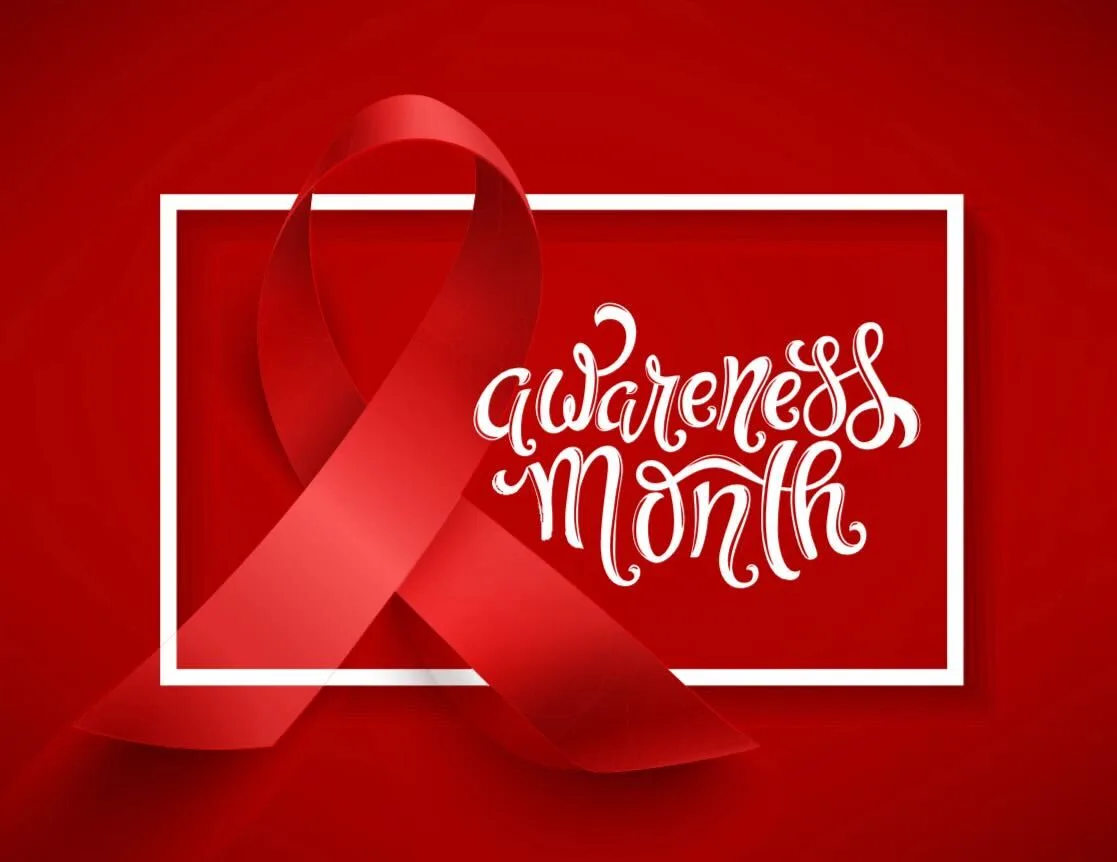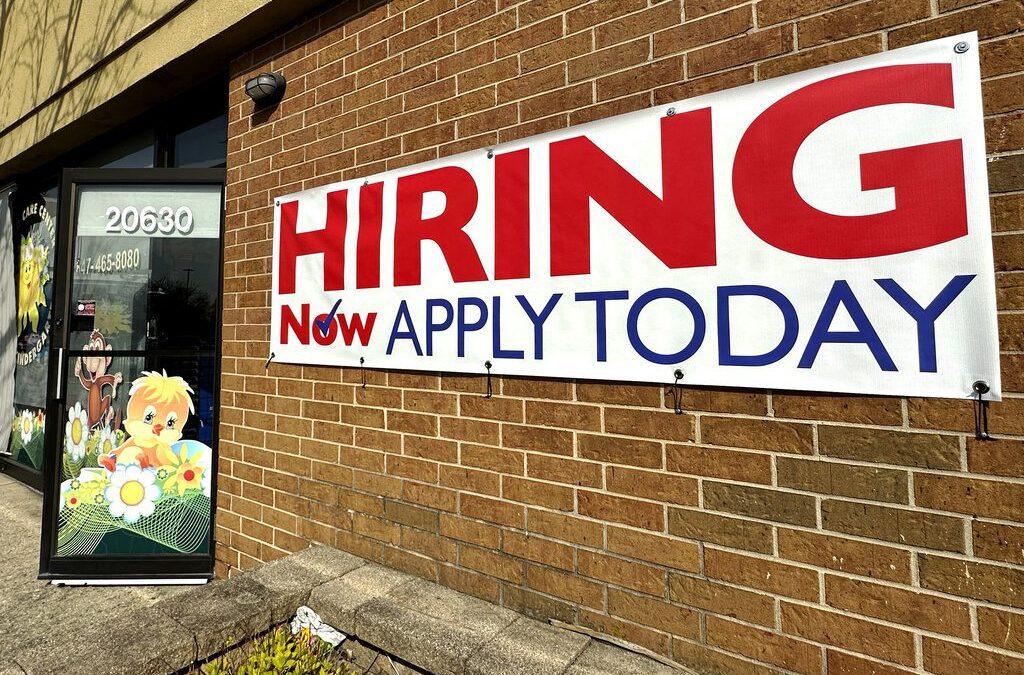
Getty Images
December is HIV/AIDS Awareness Month and we’re destigmatizing the still-deadly disease.
On average, 228 people in Wisconsin find out they have HIV each year, and in 2019 (the last year in record), it was the primary cause of death for 29% of Wisconsinites who died that year.
But many people still don’t know what it is and why it’s so dangerous.
What’s the Difference Between HIV and AIDS?
The Human Immunodeficiency Virus weakens the body’s immune system by destroying important cells that fight disease and infection. If left untreated, HIV can lead to AIDS (acquired immunodeficiency syndrome).
Currently, there is no cure, so once someone gets HIV, they have it for life. With proper medical care, however, it can be controlled.
How Do People Get It?
HIV is transmitted through:
- Sexual Contact
- Sharing Needles To Inject Drugs
- During Pregnancy, Birth, or Breast/Chestfeeding
HIV is NOT transmitted through:
- Air or Water
- Saliva, Sweat, Tears, or Closed-Mouth Kissing
- Insects or Pets
- Sharing toilets, Food or Drinks
How Did It Start?
Studies indicate the virus may have jumped from chimpanzees to humans in the late 1800s, according to the Center for Disease Control (CDC). More than likely, it was passed to humans who hunted chimpanzees for meat and touched their infected blood. HIV spread across Africa and into the US by the mid to late 1970s.
Is It Common?
Since 1979, 10,674 Wisconsinites have been diagnosed with HIV, according to DHS, making it one of the less-common diseases. Diagnoses peaked during the ‘90s at 587 new diagnoses/year. Over the past decade, the number and rate of new diagnoses has steadily declined.
How Many People Have It?
In Wisconsin, 6,926 people were living with HIV as of 2020—and 208 of them were newly diagnosed that same year, according to the Wisconsin Department of Health Services (DHS).
HIV disproportionately affects people of color and racial and ethnic minorities— who make up just 19% of the population, but account for 61% of new HIV diagnoses.
What Resources Are Available?
Wisconsin’s HIV Program offers a variety of programs including counseling, testing, prevention education, insurance assistance, and more.
How Can You Help?
- Stand up to the stigma
- Donate or volunteer with a local HIV service organization
(Aids Resource Center of Wisconsin, Black Health Coalition of Wisconsin are two great ones!)
- Participate in local events like fundraisers

New Biden rules deliver automatic cash refunds for canceled flights, ban surprise fees
In the aftermath of a canceled or delayed flight, there’s nothing less appealing than spending hours on the phone waiting to speak with an airline...

One year on the Wienermobile: The life of a Wisconsin hotdogger
20,000+ miles. 16 states. 40+ cities. 12 months. Hotdogger Samantha Benish has been hard at work since graduating from the University of...

Biden makes 4 million more workers eligible for overtime pay
The Biden administration announced a new rule Tuesday to expand overtime pay for around 4 million lower-paid salaried employees nationwide. The...

‘Radical’ Republican proposals threaten bipartisan farm bill, USDA Secretary says
In an appearance before the North American Agricultural Journalists last week, United States Department of Agriculture (USDA) Secretary Tom Vilsack...





